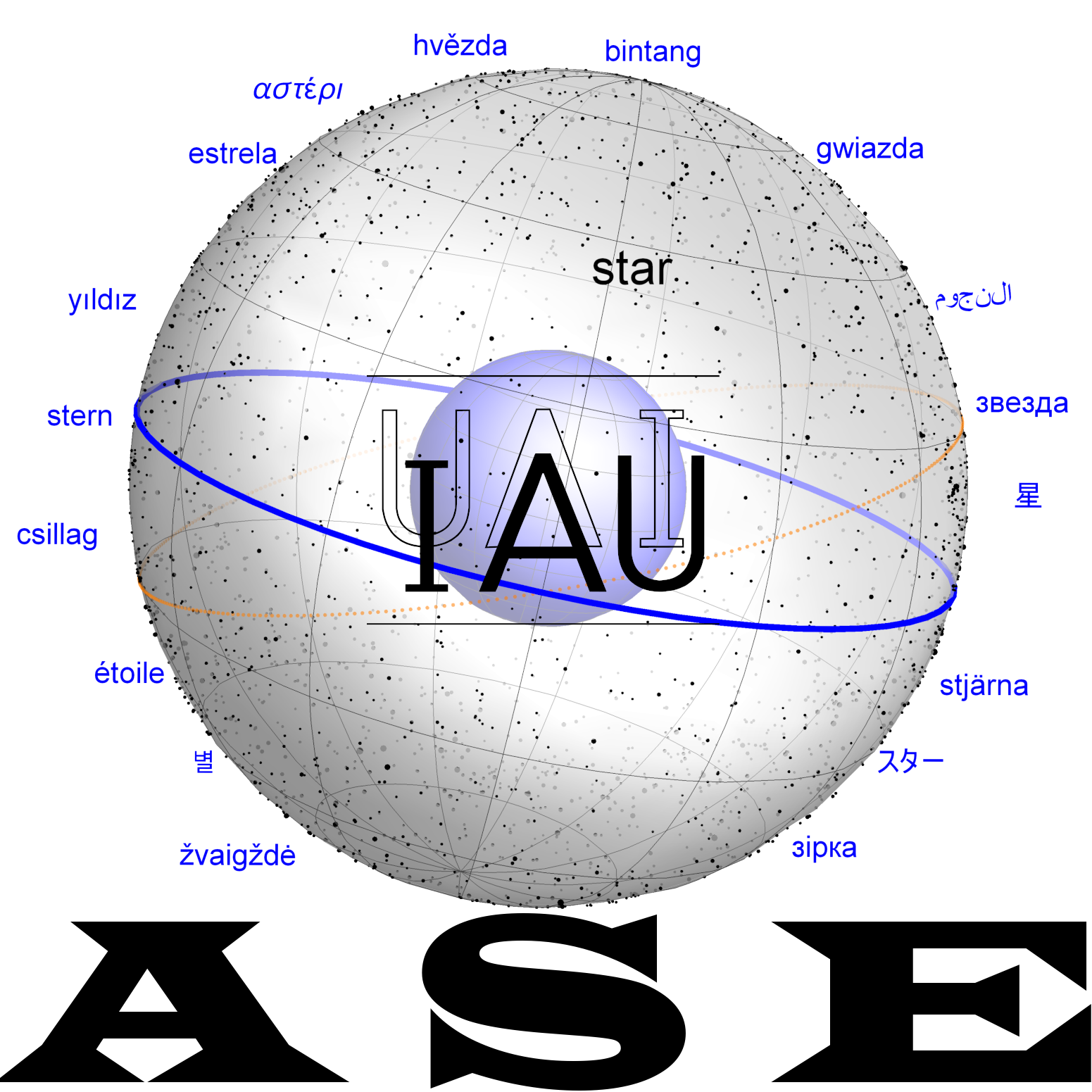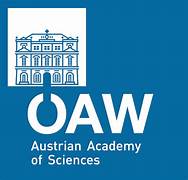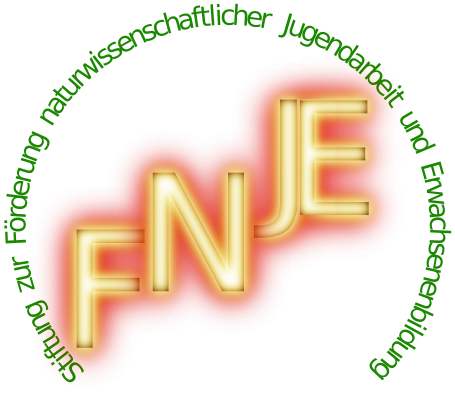U8
U8
mulU8 is an ancient Mesopotamian asterism.
Dictionary
Kurtik with Hilder, Hoffmann, Horowitz, Kim
= mullaḫru, mulimmertu "sheep." [G. 232; BPO 2]; star or group of stars in the northeastern portion of the Herdsman (Bootes) (?).
| Sources | Identifications |
|---|---|
| MUL.APIN.
List of the stars of Enlil (no. 17): MUL ša2 ina SAG.KI mulMAR.GID2.DA GUB-zu mulU8 dA-a "The asterism that stands at the front of the Wagon, the Sheep of Ay" (I i 18) [MA, 23]. |
|
| MLC 1866.
MUL ša2 ina SAG.KI mulMAR.GID2.DA [GUB-zu] / mulim-mer-tu4 [...] "The asterism that [stands] in front of the Wagon / Sheep [...]" (col. iii 20-21) [Beaulieu et al. 2018, 37, 41], see also m08MAR.GID2.DA. |
|
| List of "6 palace women".
mulU8 dA-a "Sheep of Ay," see a02A.EDIN. |
Additional
II. Deity.
Akkadian goddess Ay (Sum. dŠe3.ri.da, dŠe3.ri5.da), regarded as the "bride" (kallātum) or wife (ḫīrtum) of Shamash, the sun-god. She was honored along with Shamash at Sippar and Larsa. Her astral character as "goddess of light" or "sky goddess" is emphasized in the AN:dAnum series (III 126-134) and AN:Anu ša amēli (46) [Litke 1998, 131-132, 231; Tallqvist 1938, 245; Roberts 1972, 14b 68], see also n38dNIN. MUL.SI4.A. Ay's sheep is mentioned as an independent deity in one of the lists of gods associated with the AN:dAnum series: d la-ḫarU8 = ŠU [CT 25, 20:4], no explicit reference to Ay, however.
III. Symbol.
If the assumption that we are dealing with a constellation is correct, its figure was undoubtedly the image of a sheep.
IV. Identification.
= η Ursae Majoris (?) [G. 232; Weidner 1957-59, 81a].
= northeastern part of the Herdsman (Bootes) (?) [MA, 137; ASM, 272].
Historical Dictionaries
| Kurtik (2022) | Gössmann (1950) |
|---|---|
| = mullaḫru, mulimmertu «Овца» [G. 232; BPO 2]; звезда или группа звезд в северо-восточной части Волопаса (Bootes) (?).
I. Источники. MUL.APIN. Список звезд Энлиля (№ 17): MUL ša2 ina SAG.KI mulMAR.GID2.DA GUB-zu mulU8 dA-a «Звезда, которая стоит на передке Повозки, Овца Айи» (I i 18) [MA, 23]. MLC 1866. MUL ša2 ina SAG.KI mulMAR.GID2.DA [GUB-zu] / mulim-mer-tu4 […] «Звезда, которая на передке Повозки [стоит] / Овца […]» (col. iii 20–21) [Beaulieu et al. 2018, 37, 41], см. также m08MAR.GID2.DA. Список «6 дворцовых женщин». mulU8 dA-a «Овца Айи», см. a02A.EDIN. II. Божество. Аккадская богиня Айа (шум. dŠe3.ri.da, dŠe3.ri5.da), считалась «невестой» (kallātum) или женой (ḫīrtum) Шамаша, бога Солнца. Почиталась вместе с Шамашем в Сиппаре и Ларсе. Ее астральный характер «богини света» или «небесной богини» подчеркивается в серии AN:dAnum (III 126–134) и AN:Anu ša amēli (46) [Litke 1998, 131–132, 231; Tallqvist 1938, 245; Roberts 1972, 14б 68], см. также n38dNIN.MUL.SI4.A. Овца Айи упоминается как самостоятельное божество в одном из списков богов, связанных с серией AN:dAnum: d la-ḫarU8 = ŠU [CT 25, 20:4], явная ссылка на Айю, впрочем, отсутствует. III. Символ. Если верно предположение о том, что мы имеем дело с созвездием, то его фигурой, несомненно, было изображение овцы. III. Отождествление. = η Ursae Majoris (?) [G. 232; Weidner 1957–59, 81a]. = северо-восточная часть Волопаса (Bootes) (?) [MA, 137; ASM, 272]. |
Example |




